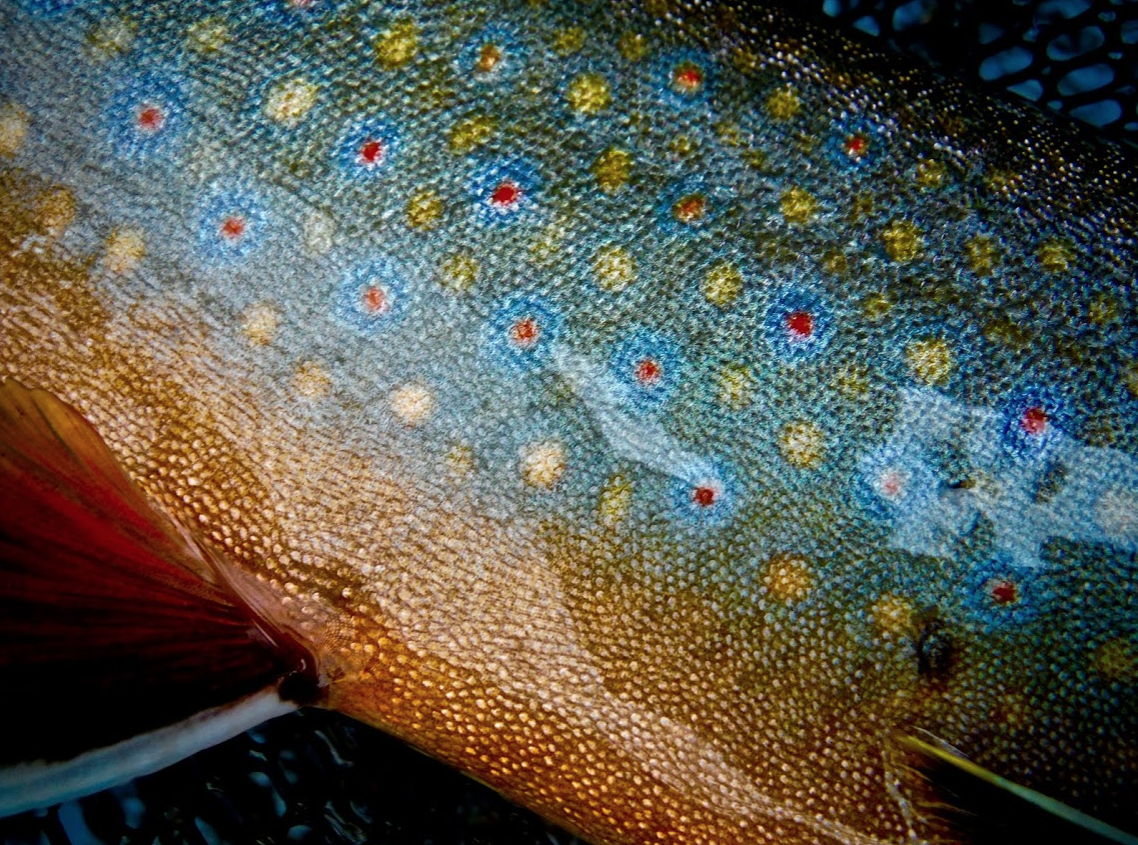The headline was an attention grabber, and the story went viral almost instantly: “Monster Brook Trout Are Spawning on Moosehead Lake’s Shore.”
Based on my Facebook feed about half of my angling acquaintances immediately made plans for winter ice fishing or shoreline trolling right after ice out next May.
Maine’s Moosehead Lake is legendary. The largest lake in New England, more than three times as big as Maine’s second largest lake, it’s 40 miles long and 10 miles wide. It is fed by two major rivers and dozens of small streams. The town of Greenville at the south end of the lake was an early destination for well-heeled anglers looking for native brook trout and lake trout. In the 20th century, landlocked Atlantic salmon were introduced as an additional sportfish, and were followed by illegal introductions of yellow perch and smallmouth bass.
Unlike many smaller Maine lakes, Moosehead’s brook trout population has sustained itself despite these competitors, and although there was some brook trout stocking in the past, today’s population is entirely wild.
Tim Obrey, the regional fisheries biologist who manages Moosehead Lake and the surrounding waters, has been studying Moosehead’s brook trout for most of his career. He conducted two ground-breaking studies on the Roach River and Socatean Stream, documenting significant migrations of brook trout from Moosehead Lake into these tributaries to spawn. His recent discovery of a potentially separate shoreline spawning population, which seems to comprise of older and larger brook trout than those that spawn in the tributaries, confirms a long-standing rumor.
While most of my fishing buddies are thinking about how and where to find one of those trophy brookies, I’m thinking of what those shoreline spawners mean for conservation. Fisheries biologists are beginning to think about the role of life history diversity and how a species that can use habitat in multiple ways may be more resilient to stress.
Moosehead has its share of problems, from illegally introduced invasive fish to climate change to shoreline development. The persistence of the shoreline spawning life history strategy gives me hope.
That they remained undiscovered until now fills me with wonder.



